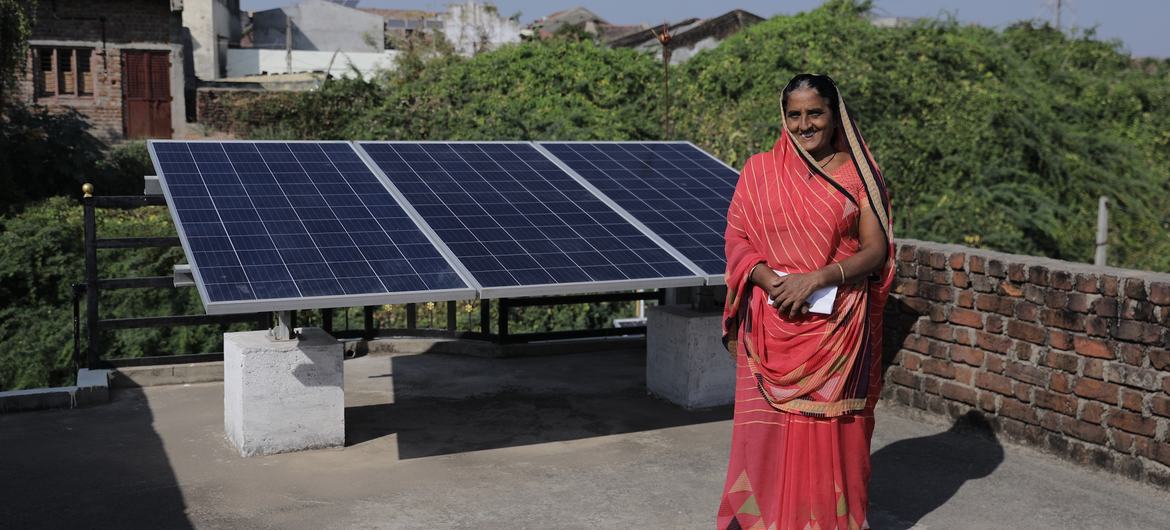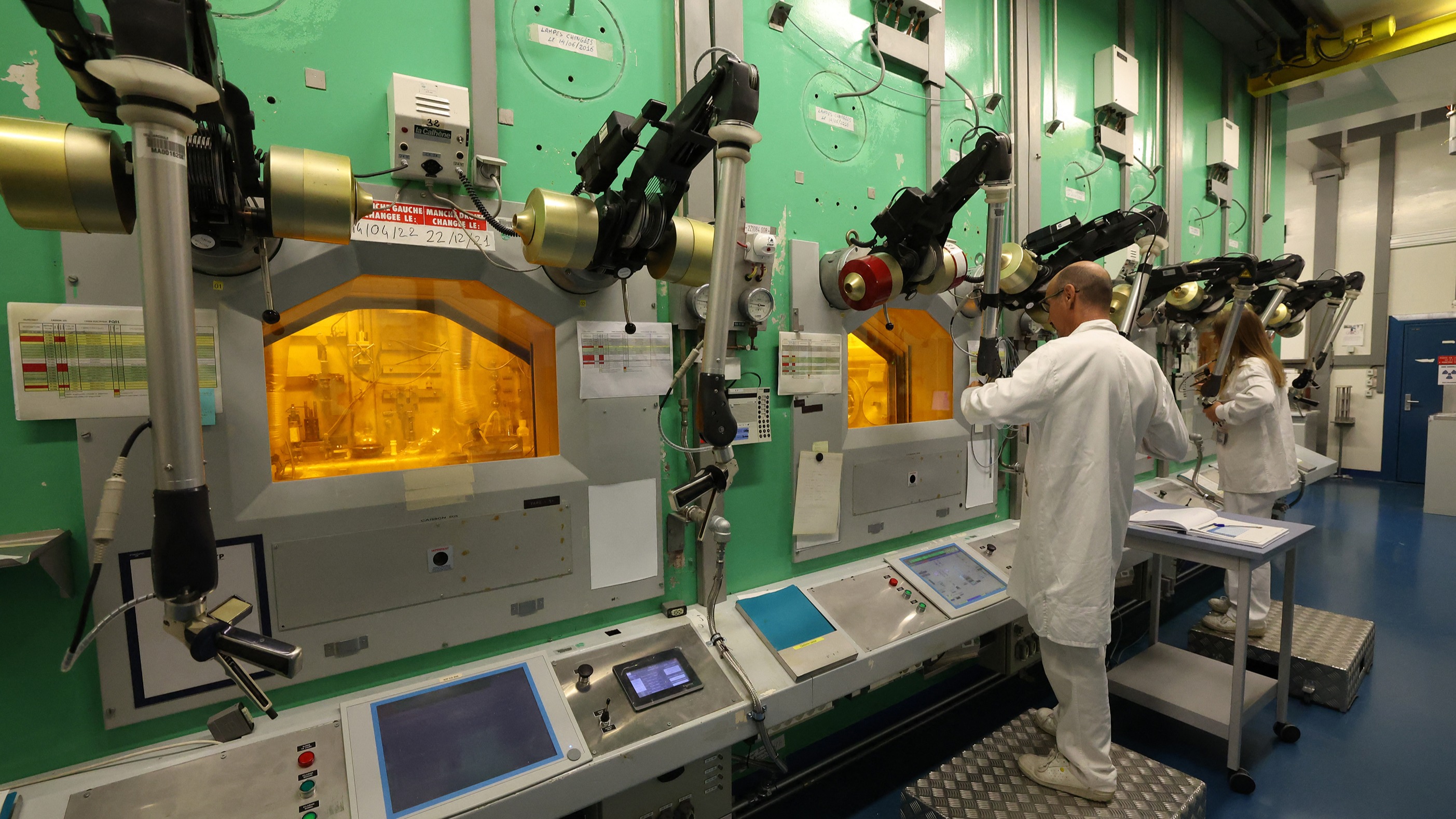India’s Net-Zero 2070 Strategy: An Analysis of Climate Action and Sustainable Development Goal Alignment
Global Context and National Imperatives
A joint study by Climate Central and World Weather Attribution indicates that actions taken since the Paris Climate Accords have limited projected global heating to 2.6°C by the end of the century, an improvement over the 4°C warming scenario predicted without mitigation strategies. Despite this progress, significant challenges remain in achieving the targets set forth by SDG 13 (Climate Action). For India, a nation with rapid demographic and economic growth, the challenge is particularly acute. Projections for 2070 highlight the scale of this challenge:
- The total footprint of the built environment is expected to double, impacting SDG 11 (Sustainable Cities and Communities).
- Vehicle density is projected to increase from 32 to 190 cars per 1,000 people.
- Energy demand is forecast to rise from 870 million tons of oil equivalent (MTOE) to 2250 MTOE, placing immense pressure on SDG 7 (Affordable and Clean Energy).
India’s Climate and Economic Development Plan
The Government of India has announced a comprehensive plan to reconcile its economic growth objectives, central to SDG 8 (Decent Work and Economic Growth), with its climate commitments. The plan outlines a pathway to net-zero emissions that requires an estimated investment of $21 trillion.
- Net-Zero Target: Achieve net-zero emissions by the year 2070.
- Peak Emissions: Reach peak national emissions by 2045, a decade earlier than the current trajectory suggests.
- Simultaneous Goals: Pursue climate mitigation and economic development concurrently, a core challenge in sustainable development.
Energy Transition Strategy and SDG 7
A fundamental component of the strategy is a radical transformation of the nation’s energy mix, directly addressing the targets of SDG 7 (Affordable and Clean Energy). The plan envisions a significant shift away from coal, which constituted 49% of the energy mix in 2020.
Projected Energy Mix by 2070:
- Renewables: 65%
- Nuclear: 11%
- Coal: 4%
This transition relies heavily on the electrification of the economy, powered by a massive build-out of solar, wind, and battery storage infrastructure, contributing to SDG 9 (Industry, Innovation, and Infrastructure).
Technological Dependencies and Implementation Risks
The viability of India’s plan is contingent on technologies and infrastructure that are either underdeveloped or face significant uncertainty, posing risks to the achievement of its stated SDG-aligned goals.
- Nuclear Power Expansion: The plan requires scaling nuclear capacity from 9 GW to 300 GW by 2070. The economic feasibility and regulatory approval for such an expansion remain uncertain, potentially compromising the “affordable” aspect of SDG 7.
- Carbon Capture Technology: The strategy assumes the widespread deployment of carbon capture, a technology with limited global success and which has not yet been tested at scale in India. This reliance on an unproven solution introduces significant risk to the credibility of the nation’s commitment to SDG 13.
Critical Assessment of Carbon Capture Technology
The plan’s emphasis on carbon capture has drawn scrutiny. Research, including a 2025 study from Stanford University, suggests that such technologies are a suboptimal investment for climate mitigation and public health when compared to direct investment in renewable energy.
- Opportunity Cost: Financial resources and clean energy allocated to carbon capture could be more effectively used to replace fossil fuel sources directly, accelerating the transition to clean energy.
- System Inefficiency: Carbon capture increases overall energy requirements and social costs compared to systems based entirely on wind, solar, and hydropower.
- Health and Environmental Impact: Unlike a full transition to renewable energy, carbon capture does not eliminate the combustion of fossil fuels and therefore fails to address the associated air pollution, which negatively impacts SDG 3 (Good Health and Well-being).
The conclusion from this research is that policies promoting carbon capture should be abandoned in favor of strategies that eliminate combustion entirely.
Conclusion: An Evaluation of India’s Long-Term Strategy
India’s climate plan represents an ambitious, long-term commitment to SDG 13 (Climate Action). However, its structure, which backloads the majority of emissions reductions and relies heavily on future technological advancements, raises concerns about its efficacy in the near term. The strategy of planning for massive emissions growth in the short term while promising future reductions creates a potential conflict with the urgent action required by global climate science. The plan’s dependence on technologies like large-scale nuclear and carbon capture, rather than a singular focus on proven renewable sources, highlights a critical challenge in aligning national development priorities with global Sustainable Development Goals.
Analysis of Sustainable Development Goals in the Article
1. Which SDGs are addressed or connected to the issues highlighted in the article?
-
SDG 7: Affordable and Clean Energy
The article is heavily focused on India’s energy transition. It details the country’s plan to shift its energy mix away from fossil fuels, specifically coal, towards cleaner sources. This directly addresses the goal of ensuring access to affordable, reliable, sustainable, and modern energy for all.
-
SDG 13: Climate Action
This is the central theme of the article. It discusses the Paris Climate Accords, the goal of limiting global heating, and India’s national climate plan to achieve net-zero emissions. The entire discussion revolves around taking urgent action to combat climate change and its impacts.
-
SDG 9: Industry, Innovation and Infrastructure
The article highlights India’s need to build resilient infrastructure and promote sustainable industrialization. This is evident in the plan to invest $21 trillion, build out a massive amount of solar and wind power, increase nuclear capacity from 9 GW to 300 GW, and adopt new technologies like carbon capture.
-
SDG 8: Decent Work and Economic Growth
The article explicitly mentions the challenge India faces in promoting sustained economic growth while simultaneously pursuing climate goals. It states, “The new plan has India striving to achieve climate and economic development goals simultaneously,” which directly relates to the goal of decoupling economic growth from environmental degradation.
-
SDG 11: Sustainable Cities and Communities
The article touches upon the challenges of rapid urbanization in India. It notes that “by 2070 the total footprint of India’s built environment would double, the number of vehicles on its roads would shoot up to 190 cars per 1,000 people.” This points to the urgent need for sustainable urban planning and management of environmental impacts in cities.
2. What specific targets under those SDGs can be identified based on the article’s content?
-
SDG 7: Affordable and Clean Energy
- Target 7.2: “By 2030, increase substantially the share of renewable energy in the global energy mix.” The article details India’s plan to have “renewables supplying 65 percent of its total energy mix by 2070,” a significant increase that aligns directly with this target’s objective.
- Target 7.a: “By 2030, enhance international cooperation to facilitate access to clean energy research and technology… and promote investment in energy infrastructure and clean energy technology.” The article’s mention of a “$21 trillion” investment plan and the reliance on developing technologies like advanced nuclear and carbon capture underscore the need for investment and technology access as described in this target.
-
SDG 13: Climate Action
- Target 13.2: “Integrate climate change measures into national policies, strategies and planning.” India’s development of a comprehensive national plan to reach “net zero by 2070” and achieve “peak emissions in 2045” is a direct implementation of this target.
-
SDG 9: Industry, Innovation and Infrastructure
- Target 9.4: “By 2030, upgrade infrastructure and retrofit industries to make them sustainable, with increased resource-use efficiency and greater adoption of clean and environmentally sound technologies…” The plan to massively expand solar, wind, and nuclear power while phasing down coal represents a fundamental upgrade of energy infrastructure towards clean technology, as called for in this target.
-
SDG 8: Decent Work and Economic Growth
- Target 8.4: “Improve progressively, through 2030, global resource efficiency in consumption and production and endeavour to decouple economic growth from environmental degradation…” The article frames India’s entire climate strategy as an attempt to solve this challenge, noting the historical conflict between “India’s priorities for economic growth and energy security” and the need to mitigate emissions.
3. Are there any indicators mentioned or implied in the article that can be used to measure progress towards the identified targets?
Yes, the article provides several specific quantitative metrics that can serve as indicators to measure progress:
- Renewable energy share: The plan for renewables to supply “65 percent of its total energy mix by 2070” is a clear indicator for Target 7.2.
- Fossil fuel share: The corresponding plan for coal to provide “just 4 percent” of the energy mix, a “steep drop from 49 percent in 2020,” is another key indicator of the energy transition.
- National emissions targets: The goals of reaching “net zero by 2070” and “peak emissions in 2045” are high-level indicators for Target 13.2.
- Global temperature rise: The projection that current actions have limited “global heating by the end of this century to 2.6º C” serves as a global progress indicator for climate action.
- Clean energy infrastructure capacity: The goal to increase nuclear power capacity to “300 GW of electricity… by 2070, up from just 9 GW today” is a specific indicator for Target 9.4.
- Financial investment: The planned investment of “$21 trillion” is a financial indicator related to the resources mobilized for climate action (Target 7.a).
- Urban environmental pressure: The projection of the number of vehicles rising to “190 cars per 1,000 people” is an indicator of the growing environmental challenges that need to be managed under SDG 11.
4. Create a table with three columns titled ‘SDGs, Targets and Indicators” to present the findings from analyzing the article.
| SDGs | Targets | Indicators |
|---|---|---|
| SDG 7: Affordable and Clean Energy | 7.2: Increase substantially the share of renewable energy in the global energy mix. |
|
| SDG 13: Climate Action | 13.2: Integrate climate change measures into national policies, strategies and planning. |
|
| SDG 9: Industry, Innovation and Infrastructure | 9.4: Upgrade infrastructure and retrofit industries to make them sustainable… with greater adoption of clean and environmentally sound technologies. |
|
| SDG 8: Decent Work and Economic Growth | 8.4: Endeavour to decouple economic growth from environmental degradation. |
|
| SDG 11: Sustainable Cities and Communities | 11.6: Reduce the adverse per capita environmental impact of cities. |
|
Source: cleantechnica.com







